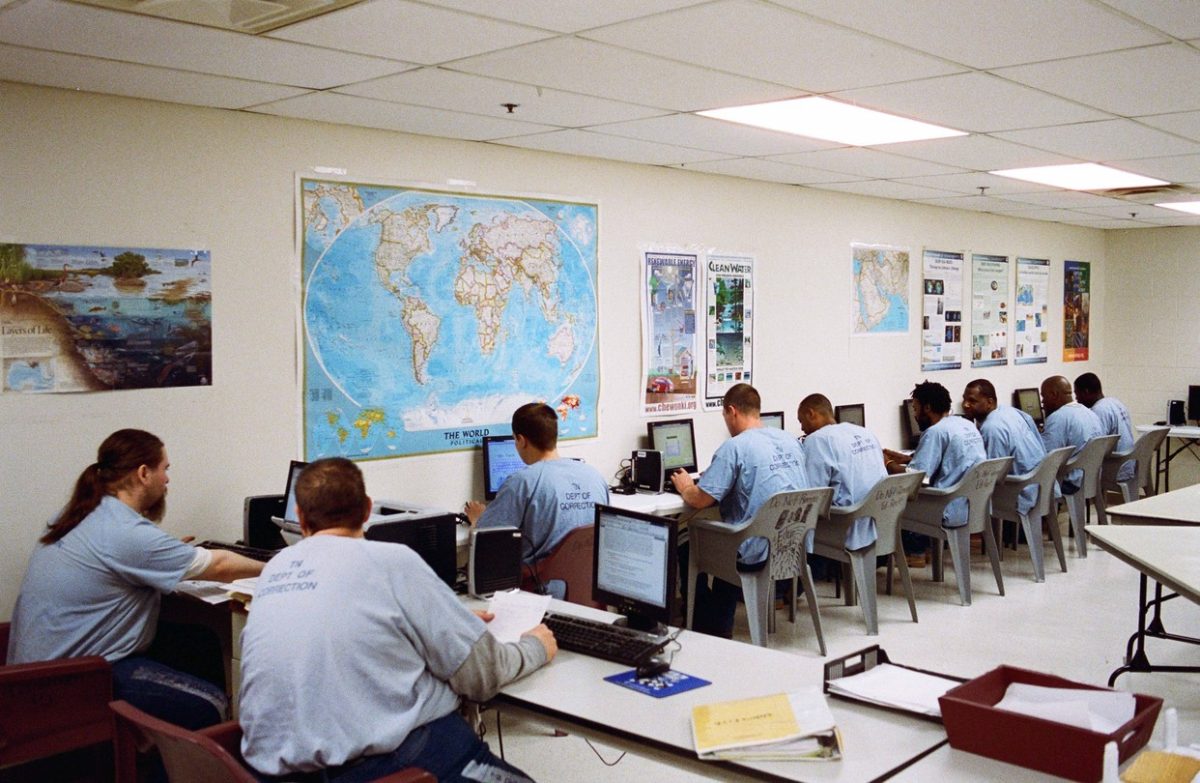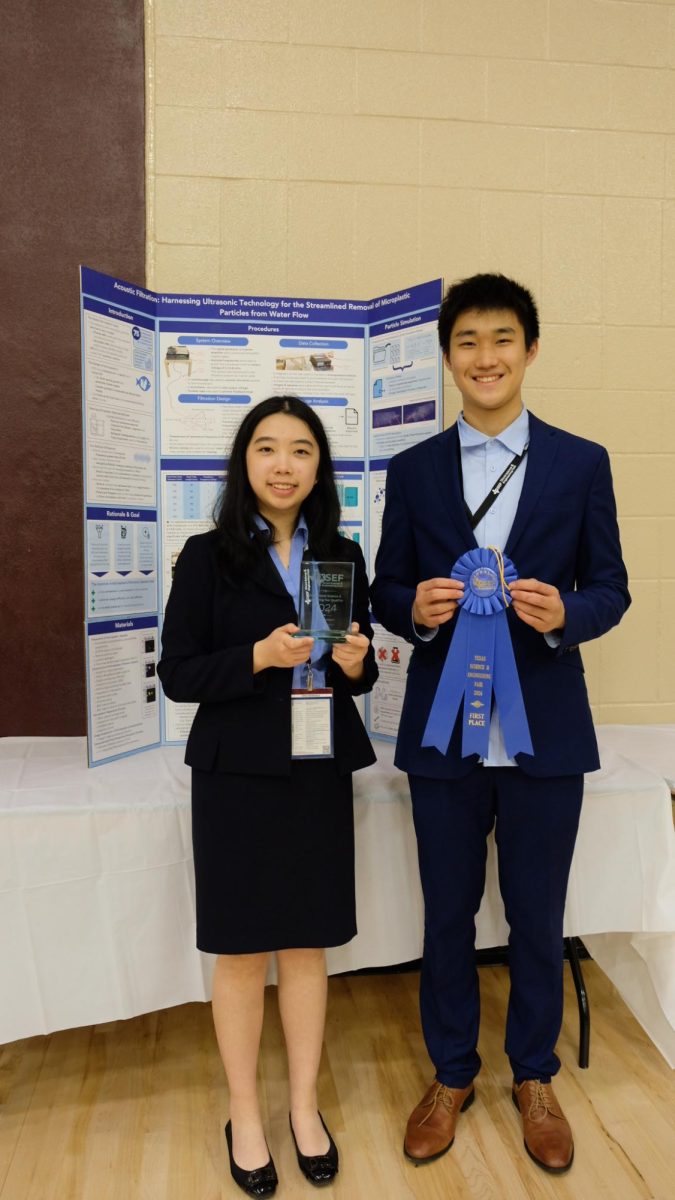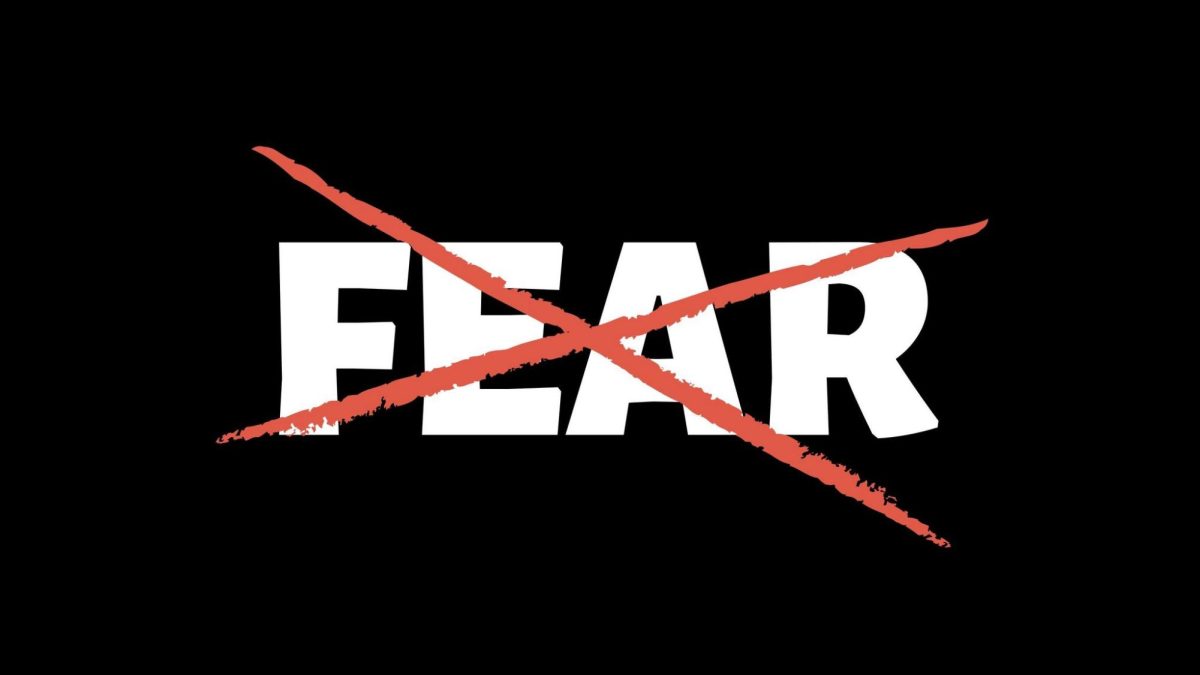Imagine you’re standing at the bank of a raging river. The water from the stream violently flows downstream and splashes all over. But you must remember that the furious river in front of you isn’t self-feeding; all the water and momentum come from somewhere else, a source of what you see in front of you. Swimming up the stream is a hard and demanding task, but if you swim to the source and harness it, you can control the whole river.
This is the basic metaphor for ‘upstream’ thinking, a concept that urges us to address issues by identifying and tackling their origins. Instead of dealing with problems when and where they come up, the upstream approach involves finding the source of the problem and, even if it’s more challenging than applying a temporary solution, taking control of the source to eliminate the problem at its roots. Without this ‘upstream’ approach, addressing issues can be similar to fighting a hydra; cut off one head, and two more emerge to take its place.
As students, the use of upstream problem-solving in our lives becomes obvious. We begin to ask ourselves: Why am I having trouble completing my homework? Why am I always tired in class? Why am I struggling with math? The answers lie upstream, waiting for us to swim against the current to find them because sometimes it’s not obvious where our behaviors come from.
Yet, it is important to recognize that, while students can identify problems upstream in their own lives, many issues originate from institutionalized sources. For example, the overwhelming tiredness many students face; one might initially assume the solution is to go to bed earlier. But, upon closer examination, the possibility of that solution comes into question when weighing in the overwhelming load of homework and the demands of extracurricular activities imposed by the education system and ourselves.
In adopting an upstream perspective, students must navigate a dual approach — addressing personal factors while also confronting systemic issues. It is not merely about improving personal habits, but also about questioning and reshaping the systems that contribute to these challenges. This dual awareness is essential for a comprehensive understanding of the forces at play.
The upstream philosophy encourages a proactive mindset, challenging us to be detectives in our own lives, searching for clues and connections that lead us to the origins of our challenges. By doing so, we become architects of change, not merely reacting to the symptoms but reshaping the structures that generate them.
In essence, upstream thinking is a call to action, pushing us to look beyond the surface and dive deep into the currents of causation. Whether we are navigating the academic waters or confronting broader societal issues, the ability to swim upstream and address the source empowers us to chart a course toward lasting solutions, transforming the chaotic river into a manageable stream under our control but functional for the well-being of the whole.




















